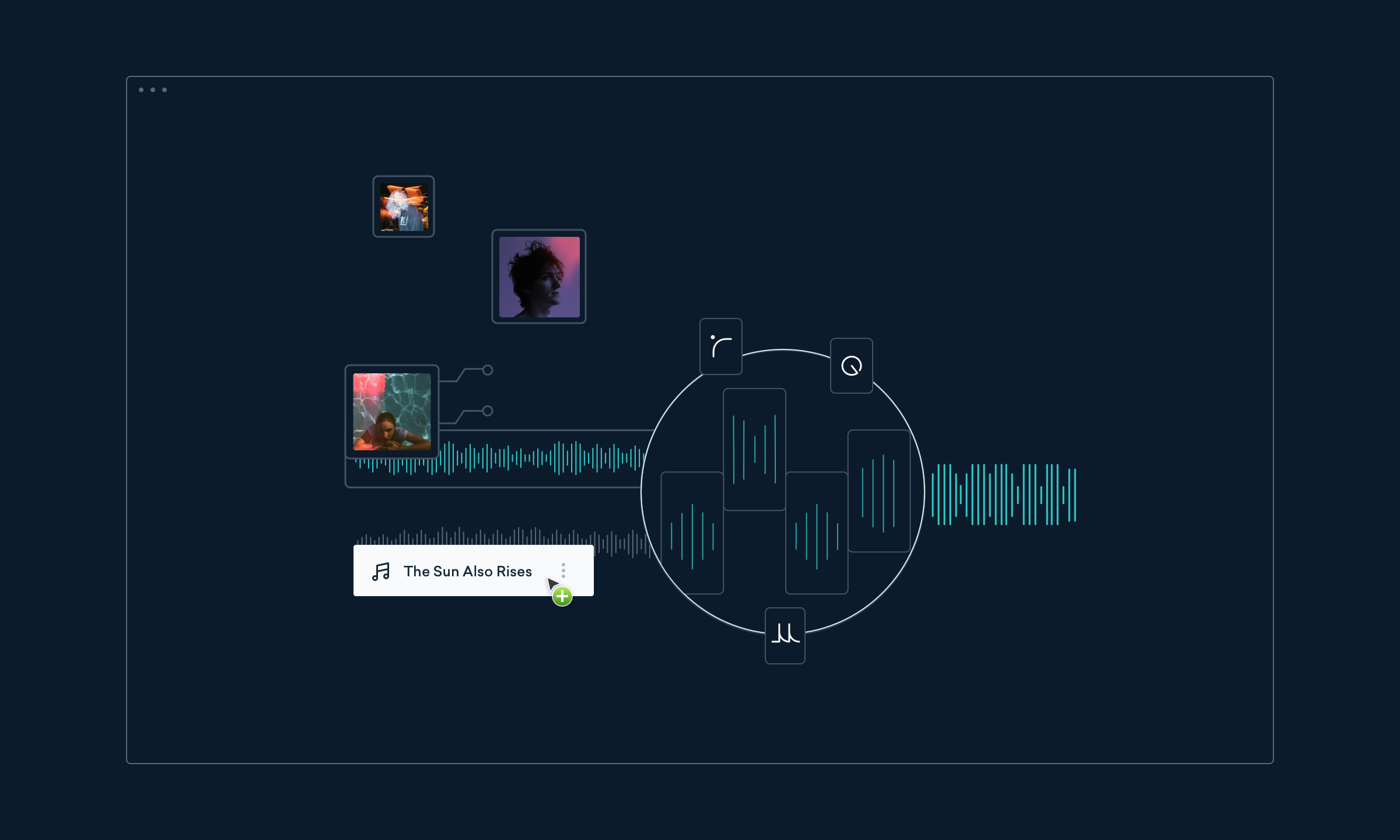

Proper referencing requires precise level matching to work. That means referencing in-progress mixes against finished masters outside of your DAW isn’t always possible. There’s more ways than ever to use reference material in your workflow.

Reference tracks are traditionally used within a DAW session for direct comparison.īut modern mix referencing is evolving.
#BRIAN LANDR HOW TO#
If you listen critically, you’ll start to understand the sounds you prefer and how to recognize them in your own mixes. Start with tracks you love and listen attentively for their production quality. That’s completely up to you, so the best approach to choosing a reference track is to experiment and follow your ears. In general, you want to choose a reference track that demonstrates the best qualities you’d hope for in your own mix. The beauty of reference tracks is that you can use almost any audio material, as long as it fits into your workflow and provides good comparison.

Match the volume of the reference with your track as closely as possible.Using reference tracks is easy if you remember a few basic rules: You might not have caught these issues if you didn’t take a step back to mix reference. Maybe you’ll realize the vocals don’t need quite so much reverb or that the drums are too compressed. Maybe you’ll discover you’ve been overhyping your upper midrange, or turning your bass synth up to loud. Checking in with a reference track as you work is one of the best ways to avoid it.Īll you need to do to use a reference track is drag it into your mix session and set up a way to toggle back and forth.Īs you go you’ll get a sense for the critical features you need to compare to evaluate your sound, you’ll see why this technique is so useful. It’s easy to get lost in your mix and lose your sense of direction.
#BRIAN LANDR PRO#
Many pro engineers have go-to reference tracks they rely on to bring their work closer to their vision for the final mix.īy comparing back and forth between a reference track and your mix, you can evaluate the changes you need to make for a better finished product.īy comparing back and forth between a reference track and your mix, you can evaluate the changes you need to make for a better finished product. Reference tracks are recordings with desirable sonic features that engineers use to evaluate their work-in-progress mixes. In this article I’ll explain what reference tracks are, how to choose your own and some of my top picks for different mix situations. They’re an incredibly useful tool to help you judge your mix objectively.īut what are reference tracks? Which ones should you use, and how do you work with them? Reference tracks are how you get that perspective. To get good results you need to know what you’re up against-and how to work around it. Our powerful, AI-driven mastering engine listens to your song and delivers pristine, studio-quality music that’s ready for release.


 0 kommentar(er)
0 kommentar(er)
